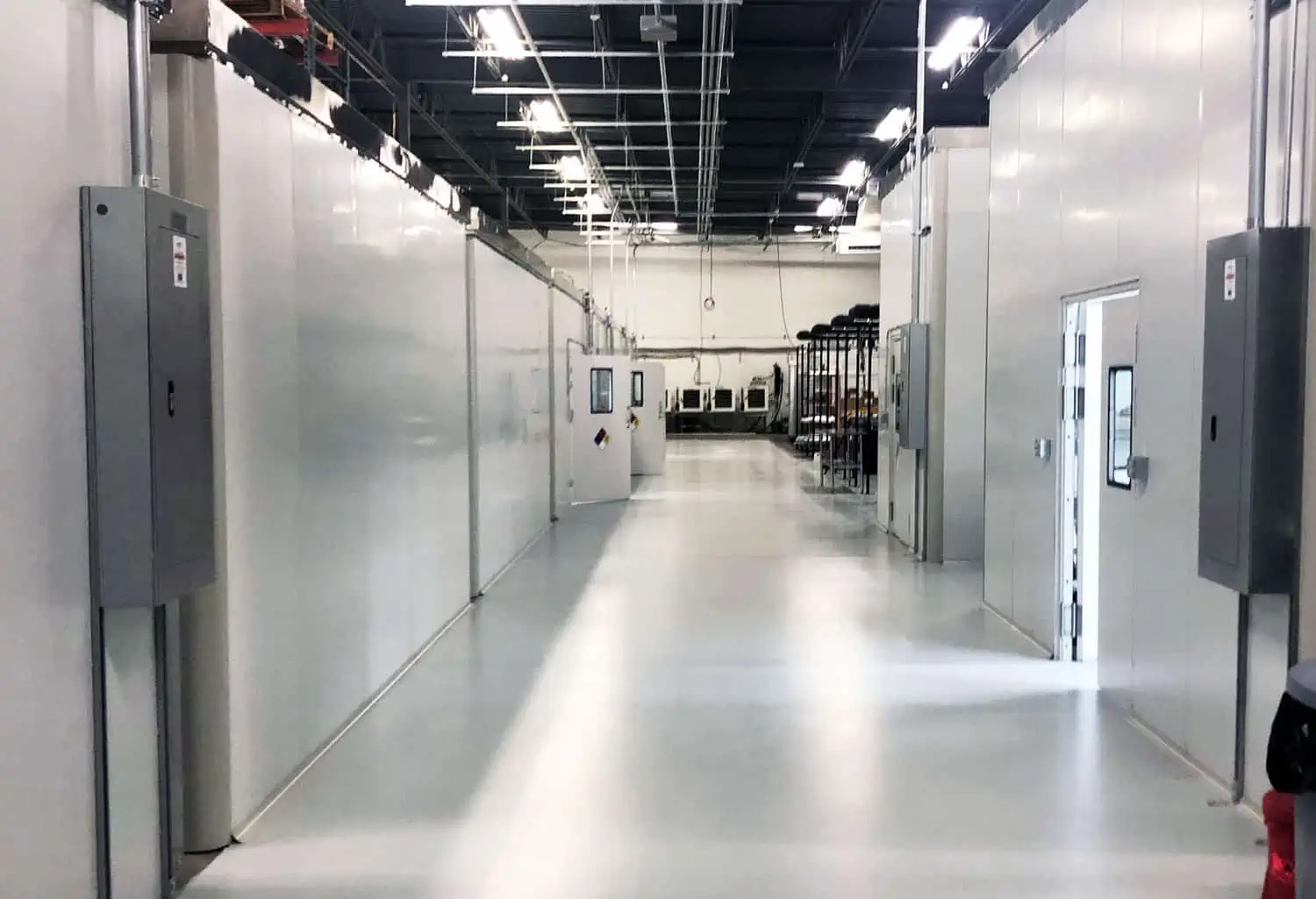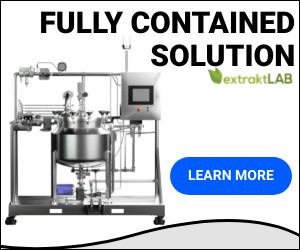There are dos and don’ts in getting any extraction operation going – hemp extraction is no exception. In this article, we examine a number of extraktLAB processing and extraction process design practices for conversion of hemp flowers into cbd oils. We discuss how to avoid facility design blunders in order to help your hemp extraction startup succeed.
“Hindsight is 20/20″ is a hard excuse to take from an architectural and engineering design firm or an expert consultant that you have just paid six figures. The phrase is all too commonly used to explain to the customer a lack of foresight or knowledge when something is missed in the design of a facility.
These kinds of oversights could cause the following:
- Need to relocate utilities.
- Modify equipment locations.
- Modify material movement.
- Change HVAC.
- Replace mis-specified equipment.
- Address some other costly compliance issues.
Why Experienced Facility Design Matters
In our experience, about 50% of the time, “experts” deliver a design product to their clients that are riddled with avoidable regrets. This could result from a lack of specific knowledge of:
- Extraction process.
- Hemp processing workflow.
- Hemp extraction equipment requirements.
- Integration of equipment, facilities and extraction method requirements.
- Utilities specifications.
- Specific facilities requirements.
- Design standards for hemp processing.
If you are experiencing some of these hindsight revelations, it is likely you are in one of the following situations:
- Engagement with experts who claim status due to experience in a different industry. These often fail because they lack specific extraction process knowledge. This includes specific process knowledge on the manufacture of cbd products, thc free products, and cbd isolation from cbd oil. When they fail, they blame everyone else
- Engagement with industry practitioners who have experience with one or two “get it up and running” extraction equipment projects. These often lack the full picture due to their narrow focus on technical items. Specifically, they lack the depth and knowledge related to variable facilities, variable jurisdictional rules, and the design of scalable, flexible, and adaptable oil extraction facilities.
- The authority having jurisdiction over your project is applying standards that were not anticipated.
- The executed plan lacked scalability, flexibility and adaptability creating the need to rework workflow and scalability improvements.
Although missed items are inevitable with any design project, there are also some complicating factors with design projects that are unavoidable. These include:
- Each building is different and is often a retrofit.
- Existing building site plan and jurisdictional location can often drive significant tenant improvement costs and cause long delays in permitting.
- Food and drug administration equipment and facilities compliance.
We have found that owners who engage experienced design experts early in the process will greatly reduce or hopefully eliminate the frequency of defects.
What do Experienced Designers Know That the “Experts” Don’t?
Even when an expert with specific knowledge has been engaged, we have found that the experience from designing multiple facilities will enable a superior design. A good designer will typically provide information for design and layouts for the following items:
- A current state, and future state scale up plan linked to your business plan.
- Specific process engineering workflow knowledge including material and information flow.
- Knowledge of locations of utilities and how to arrange them for optimal operation.
- Knowledge of how processing and equipment and utilities need to be integrated both for current and future expansion.
- Knowledge of what kind of buildings and occupancy are optimal for the processing operation.
- Knowledge and depth of experience adapting workflow and design requirements to many different local, state, national and international jurisdictions.
- Knowledge of process materials, handling space, storage space estimations, compliance storage space, hazardous waste and chemical inventory storage, and how to optimize the distribution of those items into control zones that integrate with the workflow.
- Knowledge of production location requirements for equipment and process materials handling.
- Knowledge of processing analytical laboratory design, location, and room requirements.
- Deliver cut sheets and certifications to other disciplines.
- Specific knowledge on CO2 pumping, distribution, compliance, locations, and equipment.
- Evaluating the usefulness and applicability of used equipment for the process.
Integrated with the right architectural and engineering team, a design and layout team will provide required information to the other disciplines. Without design, layout and process professionals, engineers and architects are forced to find out this information on their own, which is an impossible task.

Experienced Hemp Extraction Plant Design
When you engage a design and layout professional, there are many possible benefits that could accrue to your project including:
- Reduction in tenant improvement cost overruns.
- Reduction in costly change orders.
- Reduction in purchasing the wrong parts, materials, and supporting infrastructure equipment.
- Reduction in surprises related to identifying major cost and long lead time items faster
- Reduction in rebuilding costs by designing room flexibility that enables future innovation.
- Eliminating lack of foresight tax due to lack of scalable process plan.
- Optimal layout of utilities on the site plan.
- Reduction in inspection related changes.
- Drastic reduction in design time and also the number of plan iterations.
In our experience, change orders happen when the contract is a fixed bid contract. Fixed price contracts are desirable since they are less costly than design-build contracts. The plan needs to be solid enough so that change orders are not incurred. Change orders typically range from 5-20k USD plus material costs.
When the wrong parts or equipment are specified, sometimes no returns are accepted. Even though the contractor removes the items from the job site, you will still be charged.
When the wrong equipment is ordered and installed, the owner often bears the brunt of the mistake which can sometimes be in the multiple tens of thousands of dollars. Oftentimes, there are onerous restocking fees for minor parts and materials. So, the best practice is to make sure the plan is accurate in order to eliminate cost overruns.
One of the most important things an owner can do is to engage an expert to help them choose their building and site. This alone can radically reduce or eliminate thousands of headaches.
Owners are often trying to work a deal on a location, or have a partner with the perfect building or surplus equipment. Use of these spaces or equipment may or may not be advisable. Key considerations can include available power, jurisdiction, parking, delivery, utilities locations, and much more.
extraktLAB Offers Hemp Extraction Facility Design and Layout Services
extraktLAB has been doing design and layout of hemp processing facilities since 2016. We started out on a steep learning curve and missed many important considerations over the years. We learned about requirements in various jurisdictions.
We became heavily involved in layout and design for GMP or GPP facilities due to the large number of international sales we were doing. In those jurisdictions, we were involved in GMP facilities and layout.
We have also completed designs in some of the most restrictive permitting urban jurisdictions in North America. Those always proved to be challenging because the standards seemed to be applied differently jurisdiction to jurisdiction.
One of our recent designs was our 5-ton-per-day hemp processing demo facility. We learned many important engineering, workflow and equipment adjustments. We learned first hand the headaches that owners experience with the issues related to scale up.
As we learned about scale, we also learned about how to build scalability into an operation. In other words, we did the R&D and now our clients can benefit from that information. We would be honored to have you as our client.
Interested in the benefits of GMP compliance, efficiency optimization and streamlined production?
Contact our team of engineers to discuss our GMP Compliance Support & Facility Layout Service, or give us a call at 651-464-2822 to get started today!


